Why Computational Thinking?
Computational Thinking is an essential 21st Century skill for problem-solving.
Take A Quick Quiz To Understand CT.
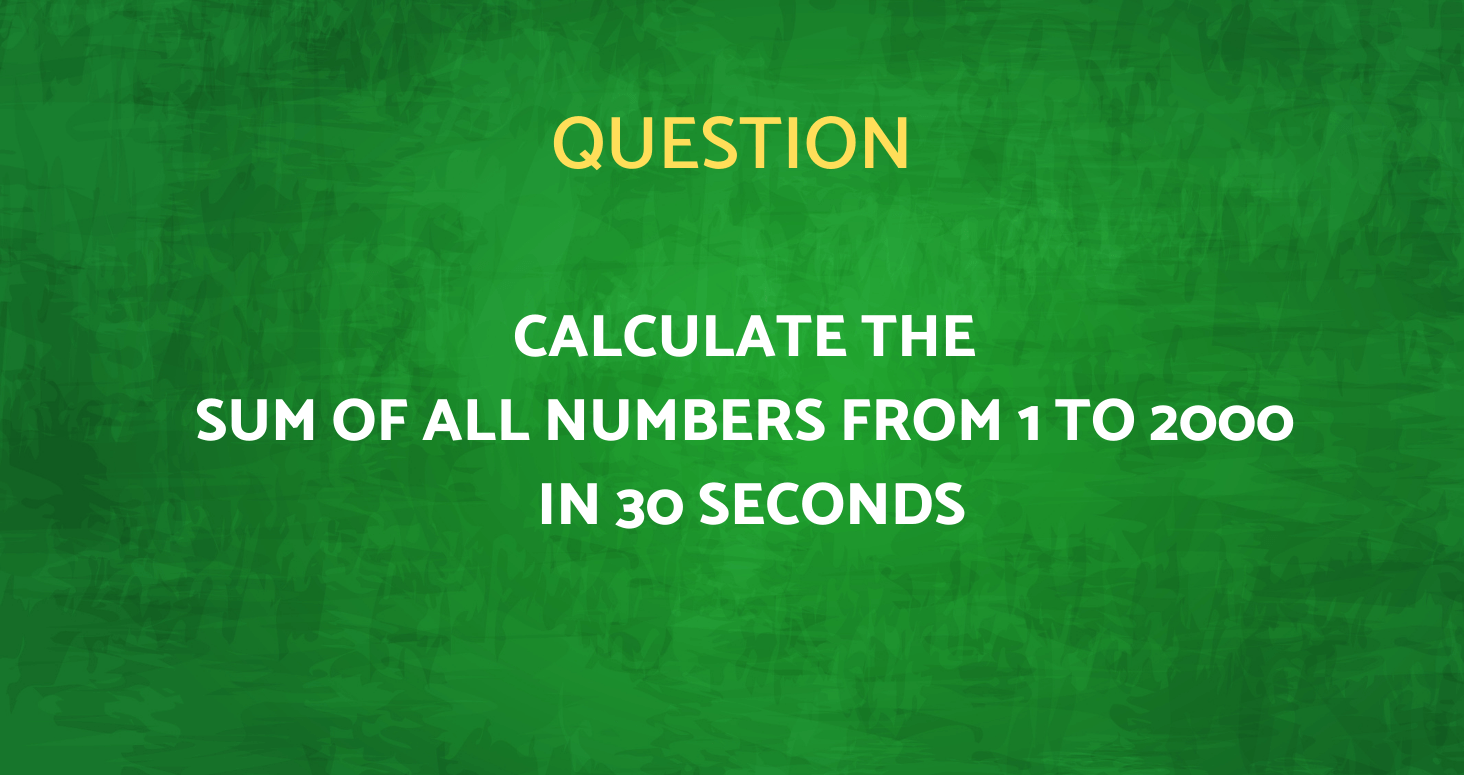
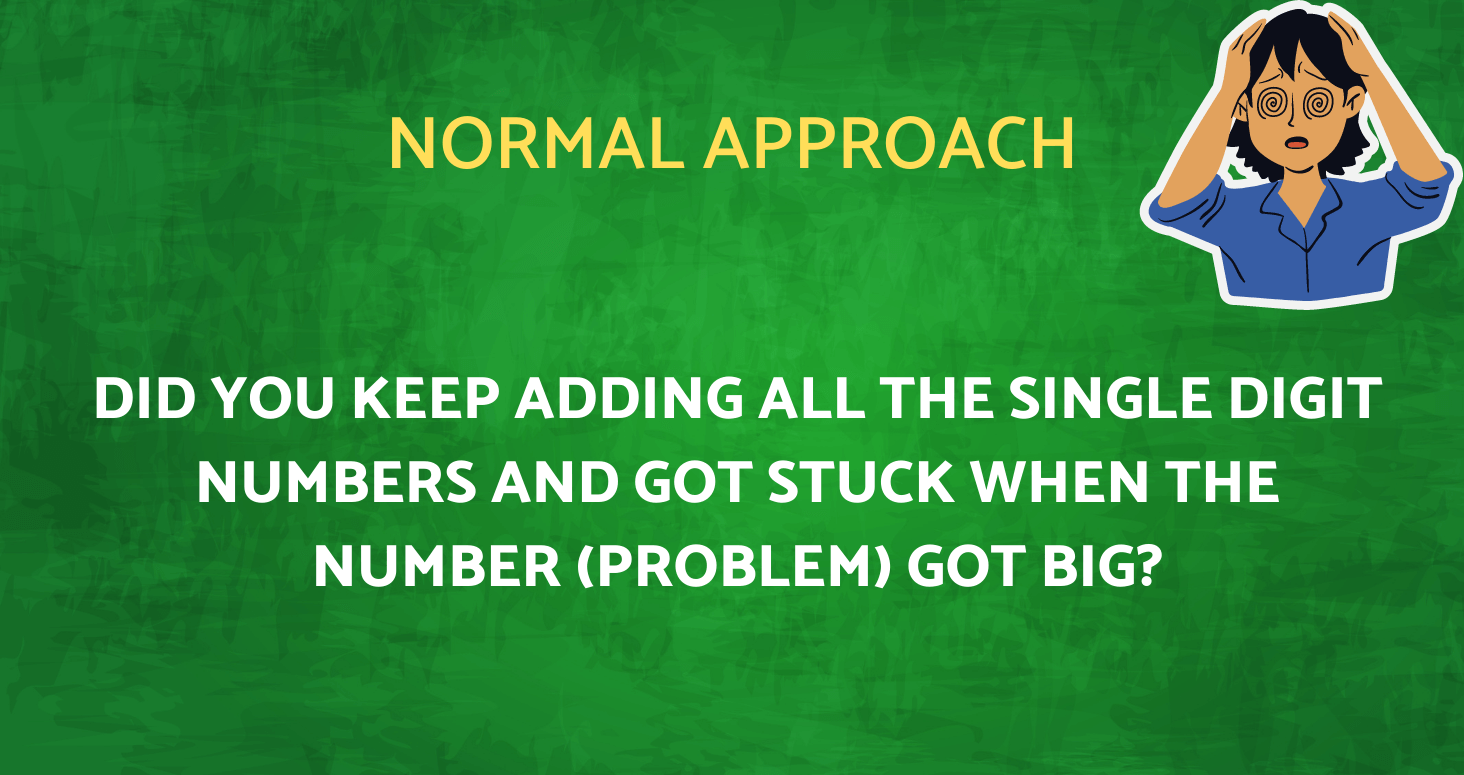
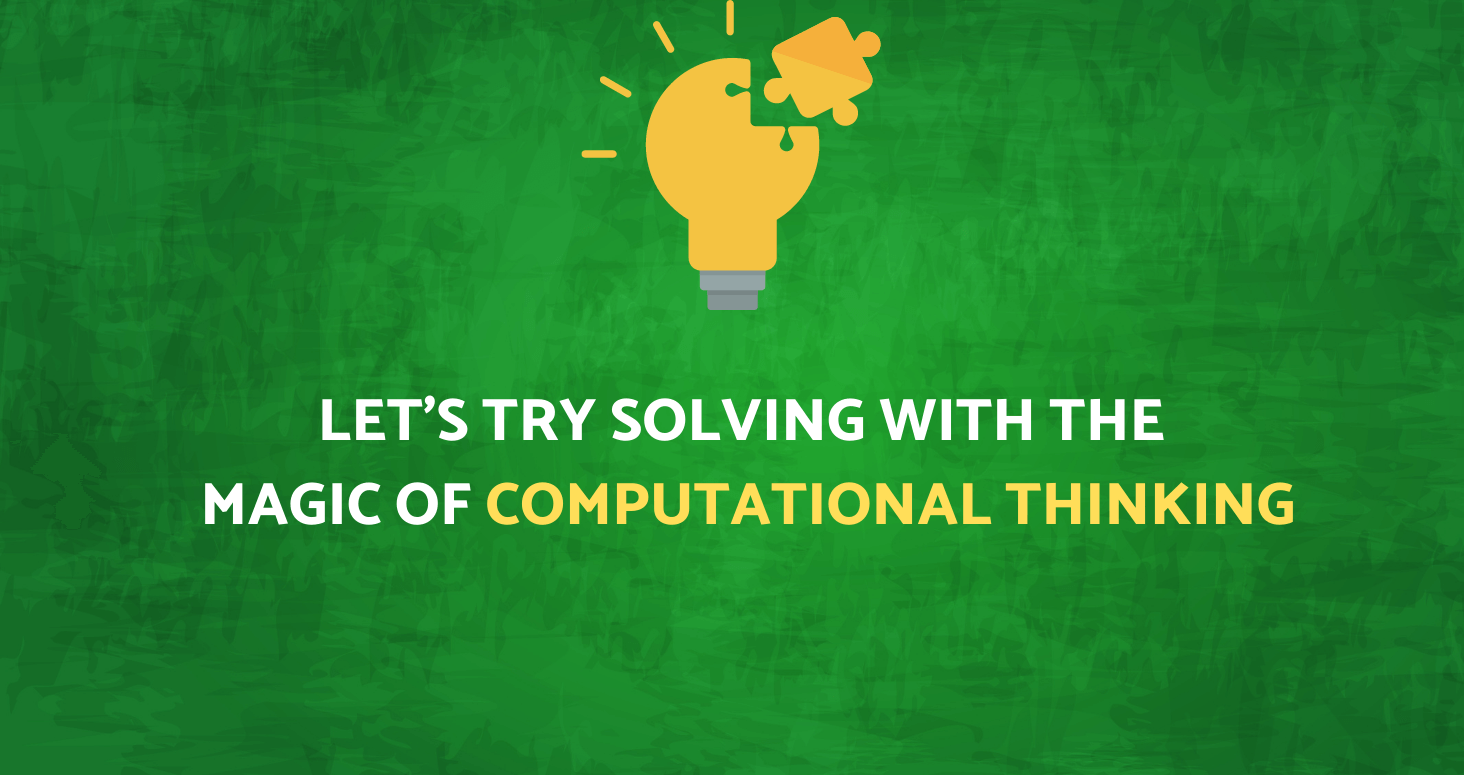
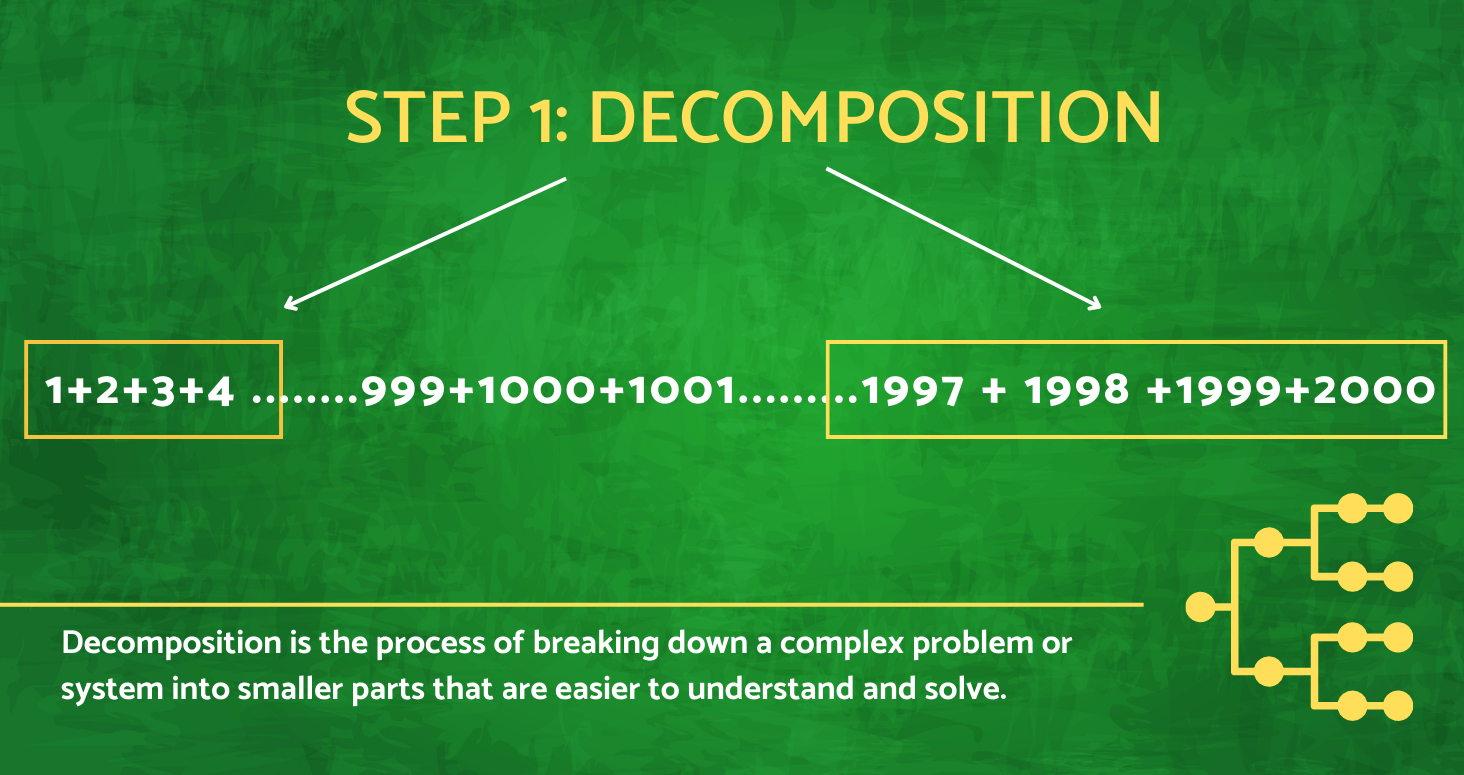

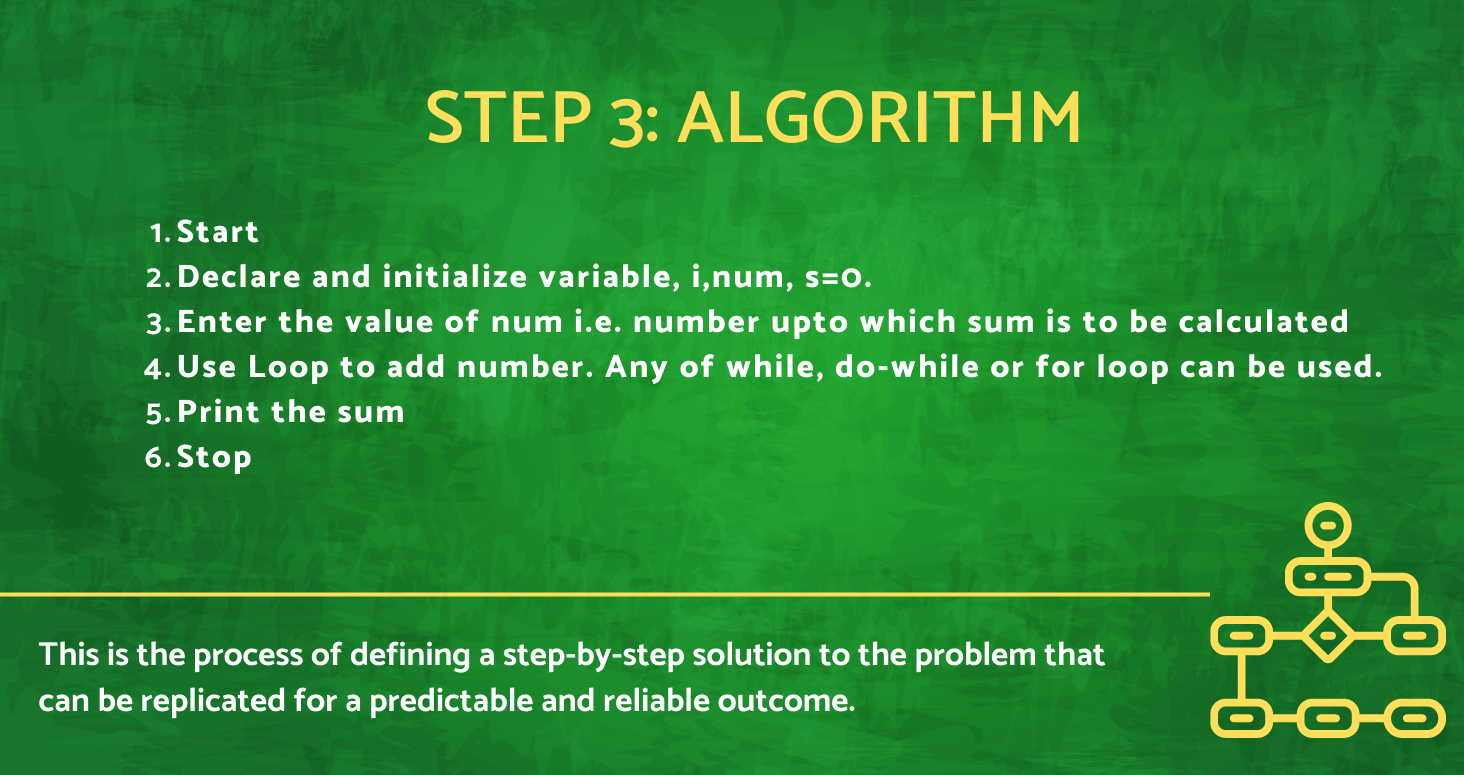
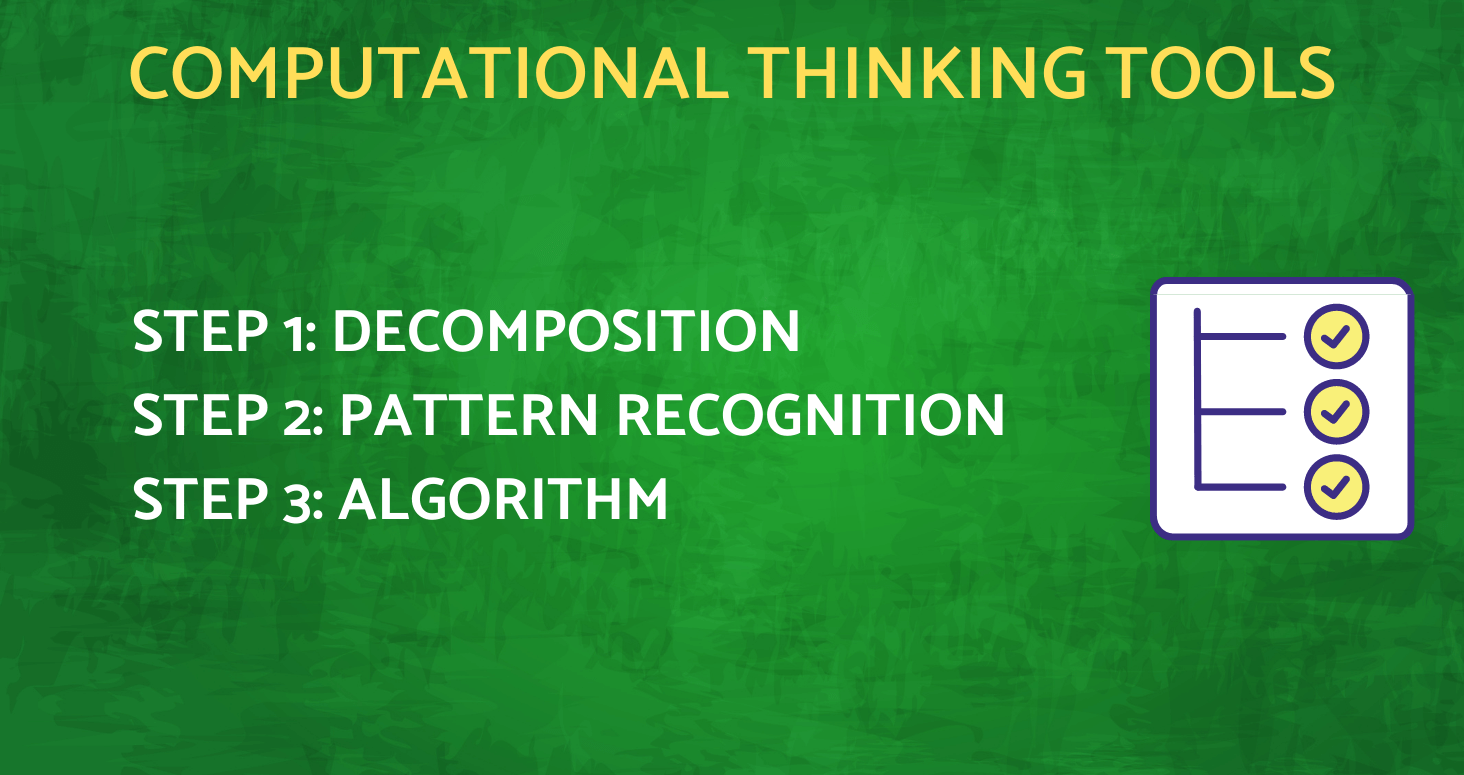
Why Computational Thinking?
Health
Media
E-Commerce
Engineering
Hospitality Industry
Marketing
Consulting
Finance
We educators should empower our children to become creators, inventors, and adopters of technology by helping them learn computational thinking to understand a problem, design a solution, and express it in a form that a human or a machine can execute.
Computational skills are essential 21st century skills like reading, writing and arithmetic!
Video Credit: Google
Computational Thinking Concepts
Computational Thinking is the process of formulating a problem, finding a solution to the problem, and expressing it in such a way that humans or machines can understand the solution. It involves the use of problem solving methods to decompose the problem into smaller, manageable subproblems, identifying the right abstractions so as to deal with scale and complexity, finding existing patterns or models that can be adapted, building an algorithm to solve the problem, and in the case of multiple solutions, analysing the solutions on multiple parameters to identify the one that best meets the given situation.
Computational Thinking Usage
Computational thinking as a practise is central to all sciences, not just computer science. Multiple professions use computers and computational methods.
Students who can think computationally are able to conceptualise, understand, and use technology, helping them be better prepared for the future.
Music
Use algorithms to study intervals, rhythm, and composition
Media
Analyze how algorithms affect dialogue and news feeds in social media
Science
Predict the effects of removing a species from the ecosystem
Social Studies
Use primary source data to study the patterns of voting rights in the USA
Math
Interpret and visualise the statistics of an athlete's performance
Physics
Create simulations that model safe and unsafe roller coaster designs
Computational Thinking In K-12 Education
Establishing a way of thinking takes time, so if kids truly want to grasp CT, they must be familiarised with these concepts early and often throughout their academic careers. Therefore, it is a must to start teaching it in elementary school or even preschool, where all the subjects are naturally blended for the students within the same environment.
Credo Learning’s fun and interactive study methodology makes computational thinking “an engaging and rewarding” experience for the students.



The objectives of computing education in school can be broadly listed as follows:
- Acquiring an acceptable level of comfort with technology.
- The use of computers for other subjects (like art, mathematics, sciences, geography, etc.)
- The ability to programme a computer to solve a complex task that involves computational thinking skills like abstraction, decomposition, pattern recognition, and solving in incremental steps.
Why Should Kids Learn Coding And Computational Thinking?
Coding nurtures creative expression
Just like painting or cooking, a child learning to code benefits from the satisfaction—even the exhilaration—that comes from starting with nothing and finishing with something. In the real world, creative acts are often limited by the materials we have at our disposal. But with programming, where the virtual world is infinite, the only restriction is the child’s imagination.
Programming demystifies technology
If we can teach children how to remodel the technological world around them, we can help them become creators rather than just consumers of technology.
It teaches problem solving and persistence
Writing programs can get quite challenging quite quickly. However, with these challenges, children learn that something doesn’t work out, but you can quickly fix it and try it again in different ways.
Children learn by thinking about doing
The grandfather of coding education, Seymour Papert, believed, “Programming the robot to do something helps a child to think about “doing.” However, to this he added an interesting qualification: “You learn by doing, but you learn better by thinking about what you are doing.” I think this is what is most important.
In essence, thinking about what you want to do, one step at a time, before you do it, enhances the learning process.
But children also learn to think about thinking
Seymour Papert also spoke of the discovery and sense of wonder that children experience when first introduced to programming. In teaching the computer how to think, children embark on an exploration of how they themselves think. The experience can be heady: “Thinking about thinking turns the child into an epistemologist, an experience not even shared by most adults.”
